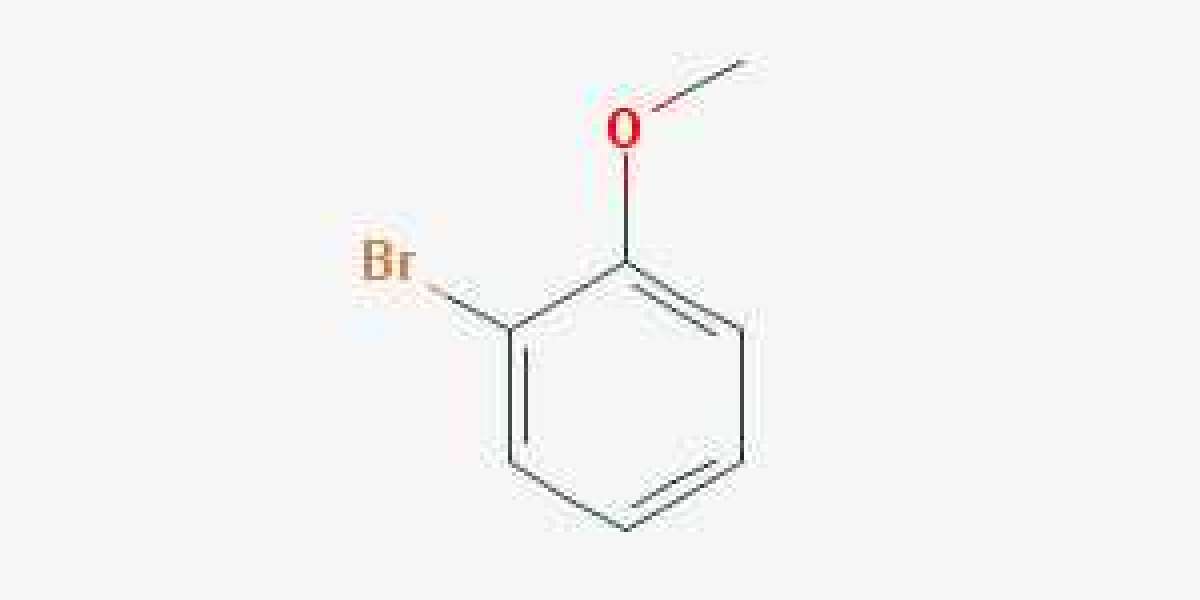Industry Trends of chemical manufacturing companies
The industry trends of chemical manufacturing companies mainly include the following aspects:
Technological innovation and intelligent development: Leading industrial development with technological innovation, promoting the high-quality development of the petroleum and chemical industry towards high-end, green, refined, and intelligent development has become the central task of industry development. For example, Huafeng Group has carried out over a hundred technological breakthroughs and innovations in circular economy, carbon reduction/carbon neutrality, energy conservation and consumption reduction, and has built a carbon reduction system covering the entire life cycle. In addition, artificial intelligence empowers technological innovation in petrochemical processes, including the discovery of new chemicals, iteration and optimization of new processes, quality control, equipment maintenance, safety production, and other application scenarios.
Cost reduction, efficiency improvement, and sustainable development: Against the backdrop of slowing global macroeconomic growth and fluctuating energy prices, cost reduction and efficiency improvement have become long-term strategies for chemical companies. European companies alleviate cost pressures by optimizing supply chain management and promoting digital transformation, while Chinese companies rely on integrated refining and chemical layouts and the construction of intelligent manufacturing demonstration factories to enhance efficiency and competitiveness. Under the dual constraints of the "dual carbon" target and international trade barriers, the sustainable development capability of the chemical industry has become a core competitiveness. Enterprises are laying out chemical recycling and biobased material research and development to cope with the low-carbon restructuring of the global supply chain.
Segmented market dynamics: The market performance of different sub industries varies. For example, in the salt chemical industry, under the dual pressure of declining demand and capacity expansion, the main products are in a state of oversupply, resulting in significant operational pressure. The polyolefin industry has limited profit margins due to slow macroeconomic recovery and weak demand. In addition, the revenue of the basic chemical industry has slightly improved in 2024, but its profitability is still low. Some sub industries have improved in performance, but overall it is still at a low level.
Policy impact and market access: The impact of policies on the chemical industry is significant. For example, the EU's CBAM carbon tariffs and the US IRA bill have prompted the global supply chain to restructure towards low-carbon direction, posing dual challenges for Chinese companies in terms of technological upgrading and market access.



